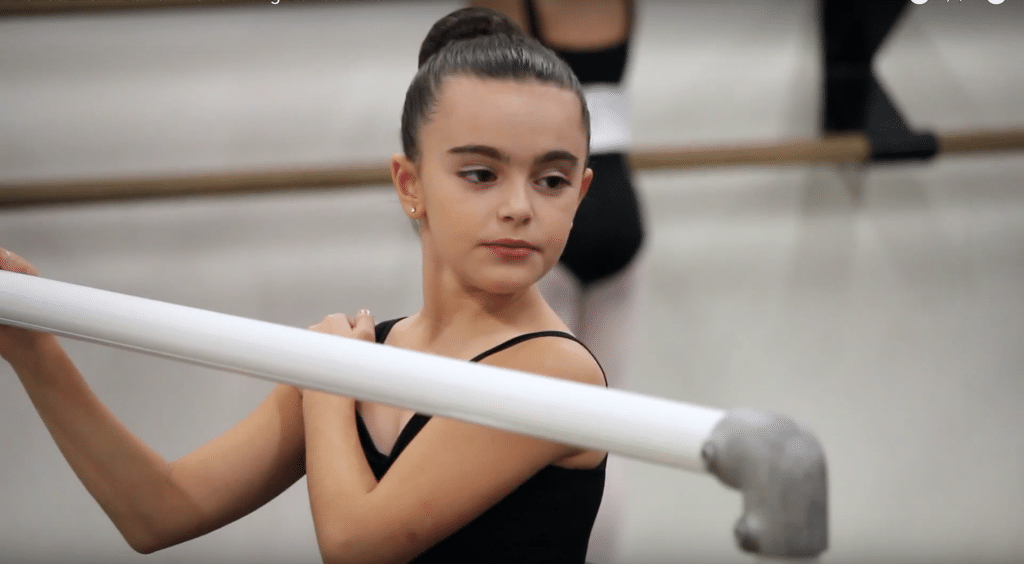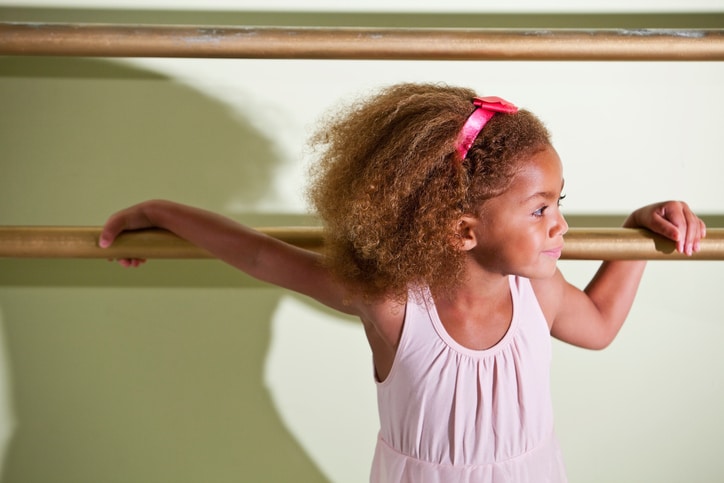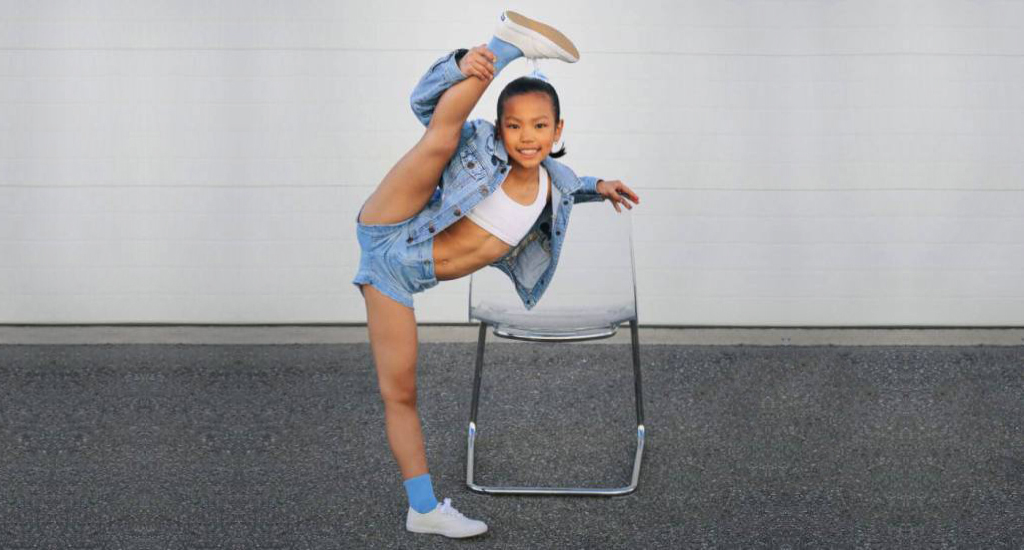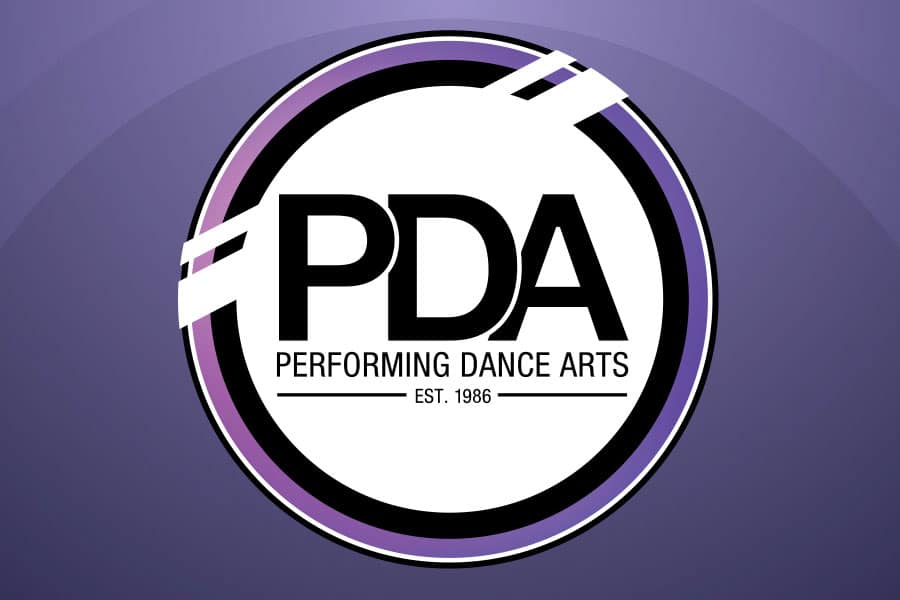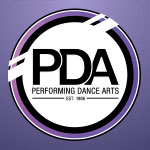Dancers evoke emotions and tell stories by expressing emotion through their bodies and on their faces. Instead of using words to narrate, dancers will use body language, eye contact, and movement to express the feelings and ideas of their routine. If your child wants to improve their ability to connect with the audience, or be a better performer, here are some ways they can practice facial expressions while dancing.
Dance from Your Heart
If your child has the passion for dance, encourage them to focus on how dancing makes them feel. When people dance from their heart, their natural emotions come through on their face and in the way they perform the dance routine. Letting the music take control will also help them to relax, and will make their dance more authentic.
Smile & Enjoy Yourself
Smiling happens naturally when we hear or see something that makes us happy, but practicing a natural smile is also important when dancers perform. Dance facial expressions happen more naturally when they are practiced often, and this process is known as muscle memory. Help your child practice their smile by having fun and encouraging them to see the way their smile looks in a mirror. Show them what a fake smile looks like and what a genuine smile looks like.
Try Different Emotions
Expressive dancers know how to change their facial expressions with ease. Depending on the style your child has chosen to dance, you may want to help them practice conveying different expressions. Play different types of music to show them how different music can evoke different emotions.
Make Eye Contact
As any professional performer will say, eye contact is extremely important when engaging the audience. Even if it seems unnatural, they will try to make eye contact with people in different areas of the audience, so they can feel more connected to the performance. Help your child learn how to make eye contact by looking into their eyes as they perform. Once they have mastered this, it will become second nature and drastically improve the impact of their performance.
Tips for Practicing Facial Expressions
- Relax your jaw to help your face appear more relaxed and soft
- Slightly lift your eyebrows to make your eyes seem larger, and make you seem more interested
- Use your eyes to help you find balance during your performance—focus on a single spot in the room when doing turns, and make eye contact when you need to express yourself to the audience
Help Your Child Develop Proper Dance Skills at Performing Dance Arts
If you are looking children’s dance classes in Toronto, Performing Dance Arts is a great choice. Our trained instructors have worked for years in the performance industry, and know how to help your child develop the skills they need to become incredible dancers. Our outstanding facilities inspire creativity and our instructors will motivate your child to dance with passion, creativity, and excitement.
Our dance classes for kids cater to children of all ages and skill levels, so contact us today to enroll your child or learn more about our programs. We will provide you with all the information you need to know about how and what we teach, and what your child will need to do and bring to prepare for their first class. If you want a firsthand idea of what our dance studios are like, simply pay us a visit!
